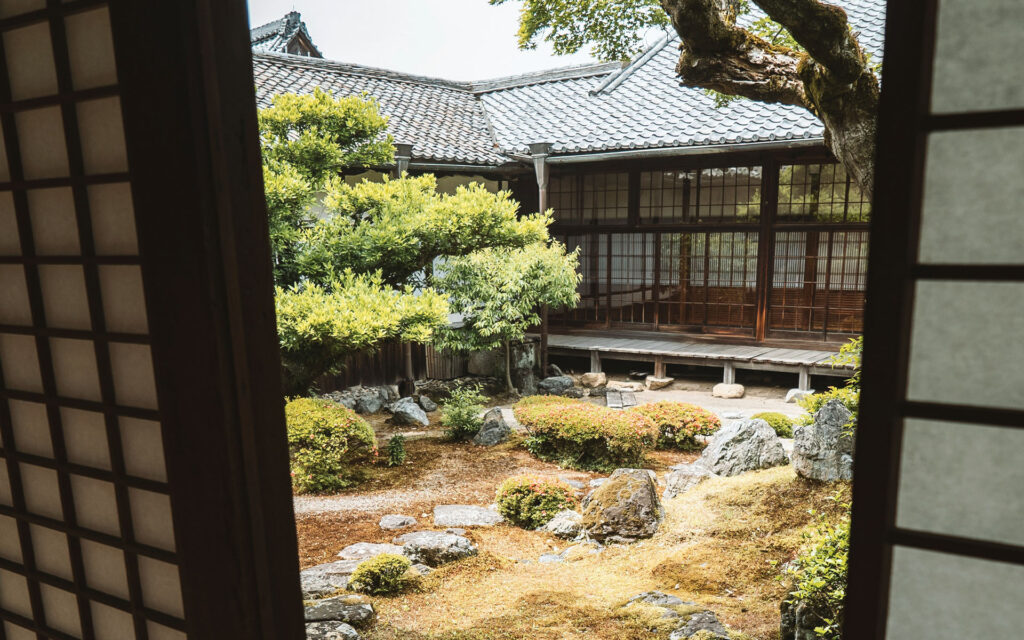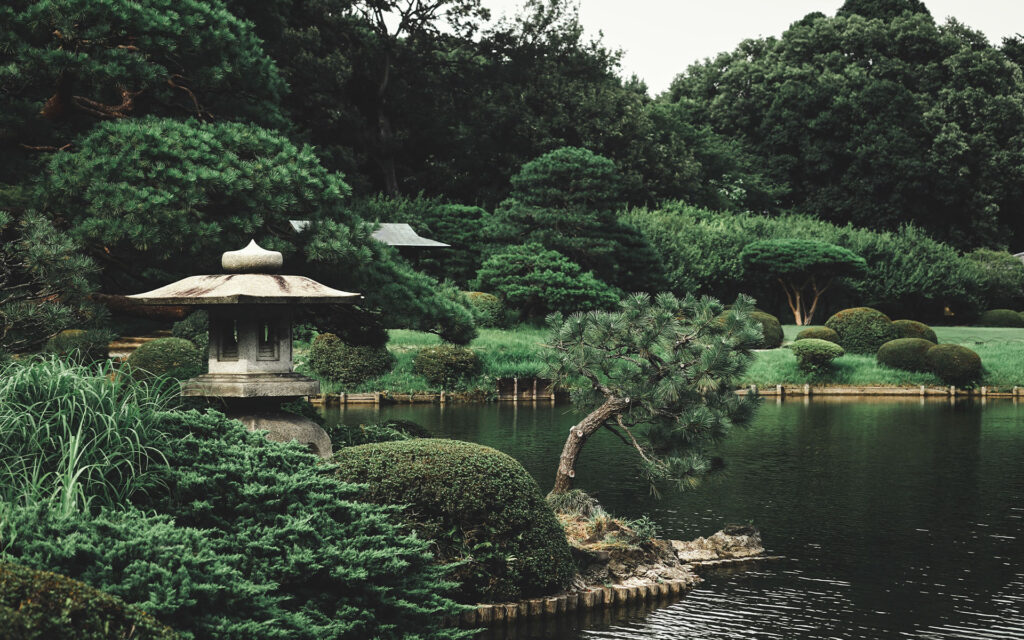Is the essence of design poetic? Some people think so. Poetic undoubtedly means rich in suggestion and in charm but also ability to arouse dreams, fantasies and touchy feelings. Saying that, the design is undoubtedly poetic. The two terms are intimately linked. Both reveal a world of deep emotions and meaningful images. Both talk about a world that transforms feelings into objects, into the design of real life, into spaces, into light that flows on material surfaces. They express the interaction of the interior and exterior, with the landscape and nature, in a nutshell they create a poetic dress that becomes a form of design.
Key elements
Simplicity and suggestion are the foundation of design. They are even more in the case of poetic design. The success is being able to eliminate everything but the essentials, with the wisdom to use them to beautifully convey a single moment in time. If poetic architecture spreads simplicity and suggestion, it also offers an emotional alternative to minimalist design, a trend so widespread in successful magazines, in the houses most appreciated by the jet set and in its numerous “imitations” and “cheap” versions.
Shared ethics
In architecture this single principle has been adopted by many designers. Finding an shared ethics with poetics, in search of simplicity, emotional resonance and the power of suggestion. Architects who embrace the poetic design approach, often, prefer natural materials to celebrate the living world. They play with lights and shadows to connect occupants to the natural rhythms of the day. They create fluid transitions of space that suggest, rather than dictate, how spaces shall be used or experienced and hey express that level of randomness that allows the inhabitant to be involved in a relationship with the deeply emotional space of life.

In a few syllables
In poetic design (as in a poem) the spatial narrative takes place in a few syllables using concepts related to the spontaneous evolution of nature, to authenticity and strength of the materials. It anchors to specific sensations by involving users to recreate the scenario that the designer has traced. Often, the poetic design, celebrates beauty and also the becoming of the natural world. In this way, it invites you to find a deep and personal meaning in nature and in everyday experiences.
Vital impulse
These architectures, furniture, and these spaces emphasize that the form and function belong together as in the houses of Frank Lloyd Wright, as in traditional Japanese homes of the sixteenth century. Is still a vital impulse and source of inspiration for the philosophy of design and architecture. The aim of such principles, in architecture, is to build unique relationships between a building and its users by encouraging connection with the environment, eliminating everything but the essential. To convey a moment, design is synthesized in its primary aspects of form, light, material, space and nature. These places invite you to fill the void with your own emotions and interpretations.
A sensitive palette
The putty, green foliage, warm tones and the woodworking are essential components. They act as a palette to celebrate the richness and complexity of nature. It is such a basic idea but also influential on the quality of the space. It suggests rather than dictating how to frequent places. In programs where capturing sunlight through vacuum hierarchies encourages fluid movement between the various elements. Natural lighting and ventilation promote harmony. That allows the inhabitants of the house to define their own experiences while always remaining connected to the natural rhythms of the day. The presence of properly natural elements (a tree, a water point) deepen the connection. Poetic design, in this way, also physically expresses the passage of time.

Capture and convey the essence
Poetic design emphasizes the ability to capture and convey the essence of a moment, a scene, the ever-changing colors of the sky, the sea but also the urban landscape. By re-reading and reinterpreting the site’s history in view of its current needs, it creates a space deeply rooted in a community. The use of non-generic materials, of elements linked to the context, also testifies to the project’s commitment to the authenticity of the components, to the celebration of the value of natural textures. It recognises the importance of historical and landscape architectural heritage. It exemplifies a design that is already designed for its environment.
Strategy
Every design decision, from the shape to the material finishes, is part of a strategy that aims to provide memorable moments even within the daily experience, elevating the ordinary through craftsmanship and creativity. In this way, accurate details underline the importance not only of visual comfort, but also of managing all sensory experiences. We seek an harmonious architecture embodying a principle of simplicity in form, but at the same time of complexity, in the experience that is fundamental for the creation of a poetic design.
To learn more: Haiku House | Shed Architecture & Design
You may also be interested in: Documentaries on sustainable fashion





